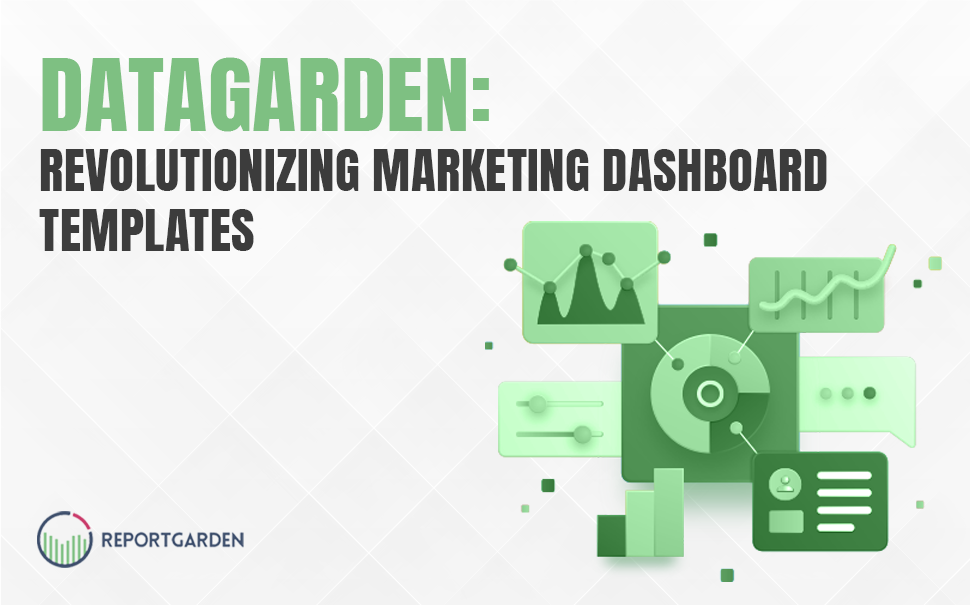When we talk about email marketing, we instantly think of “spams”, well this certainly is a bad thing but is not the only truth. Just like other digital marketing strategies, email marketing has also evolved with time. This is one of the most effective marketing tools available to the marketers, as it has all the power to turn users or subscribers into paying customers. The truth is well-executed email marketing is an integral part of overall digital campaign success.
A well-planned email marketing strategy helps in reaching and connecting with the right audience in the most personalized way. This further helps in increasing sales while bringing down the cost per acquisition. But how do you know if your efforts are actually paying off? This is where email marketing metrics come in.
Email marketing metrics are very important, but dealing with them can become quite daunting. Then why do you take interest in it? The idea is if your email marketing efforts are moving in the positive direction, you have a happy client. And your clients would also want to see numbers; email marketing metrics serve as solid proof of your hard work. This blog post would take you through 10 email KPI’s you should be sharing with your clients.

Why Is Monitoring Email Marketing Metrics Important?
According to a study from VentureBeat, marketers are really not doing a great job when it comes to capturing information and applying it in their decision-making process. 32% of the surveyed enterprises said they don’t know which devices do their customers use to open emails and other 29% are just not tracking their revenues via emails.
Considering the fact that email delivers the highest ROI of any marketing channel, this is why monitoring email marketing metrics becomes crucial as every marketer would want to track and optimize their marketing efforts to ensure they get the best possible results.
Which Email Marketing Metrics Do Matter?
- Email ROI
Email ROI is the most important metric you need to track and your clients would love to see this one. Positive email ROI means your efforts are working well which means – new leads, new customers, and increased revenues. To track this metric you need to look at how many conversions you have successfully generated through your email marketing campaigns. Conversions can happen on your website, in-store, or directly through emails. Monitoring this metric will help you determine the overall success and also help you improve your campaign performance. There are different formula to calculate ROI — but there are several ways to approach calculating the ROI of your email campaigns. Depending on your type of business, you might prefer a different one.

- Click-through Rate (CTR)
This is another metric that largely catches the attention of your clients as they would want to know if their audiences are actually reading their marketing emails. Click-through rates is what makes it clear. This is the actual percentage of people who are opening emails and further taking actions. Do not confuse actions here with conversions, here it means they are clicking on the attached file/link embedded in the email. CTR is also frequently used for determining the results of A/B tests, as these tests are often designed with the intention of finding new ways to get more clicks in your emails.
- Open Rate
Help your clients to make informed decisions by closely monitoring this key metric. By looking at the total number of emails opened, you get a better understanding of how your campaigns are performing. You can also make any changes based on real-time data to further improve engagement. The number of opens means more chances of your message being resonated with your users.
- Conversion Rate
The conversion rate is one of the most important KPIs to monitor for your clients. Well, the whole point of marketing email is to get the readers take some action. This metric essentially displays how many of the individuals that you emailed took a revenue-generating action or signed-up at your website. One important thing to note here is that your marketing email should always contain an interesting Call-To-Action (CTA). So whether your CTA is to subscribe to your website or download a brochure, the conversion rate will help you determine to what extent you are attaining your goals!
- Unsubscribe Rate
Another primary metric your clients would want to look for email success unsubscribe rates that your emails are generating. High unsubscribe rates mean that you are totally endangering the health of your email marketing list and your sender reputation. It can also mean that the content you are offering is not compelling enough. As a marketer your goal is always to grow your email list and not reduce its size. So if you are seeing high rates of unsubscribe request, it’s time closely review the quality of your email marketing.
- Bounce Rate
Bounce rate is the total percentage of emails sent but not successfully delivered to the recipients’ email. There are two kinds of bounces you need to track:
- Soft Bounce – These occur due to a temporary problem with a valid email address, like a full inbox or an issue with the recipient’s server. Usually, the recipient’s server holds the emails and delivers it when the issue is resolved.
- Hard bounces – These occur due to an invalid, closed, or non-existent email address. Such emails are never successfully delivered.
These indicators are usually calculated with regard to the total number of e-mails.
- Forward/Share Rate
Forward rate or share rate tells you the number of times your content is shared. This metric is important because clients are always looking for potential leads, and finding them is not easy. So, when an email is shared or forwarded by your audience, it instantly gives you access to new contacts. This metric essentially measures how often people open, read, and liked your email message so much that they shared it with someone else. It also displays the most popular emails.
- Complaint or Abuse Rate
This metric displays the total number of subscribers who marked your email message as spam. Abuse complaints are very serious, but it doesn’t essentially mean you are in trouble as even the well-managed lists get a few here and there. This is one rate which you need to keep as low as possible. This metric surely never betrays you if your complaint rate goes over 0.1%, be sure of one thing i.e. there is some issue with your mailing.
- Web Traffic from Emails
Email marketing is just not about opens, clicks, and unsubscribes, understanding how your email campaigns affect web traffic is equally important. It is important to track the success of your campaigns by creating monthly targets and comparing it with the actual performance to understand if your content is pulling users to the website.

- Churn Rate
This metric automatically determines if your e-mail list is growing or shrinking. It basically gauges the total number of subscribers by subtracting unsubscribes and adding new subscriptions. However, this metric doesn’t tell you which campaign actually lost you subscribers.
The Takeaway
Just by telling your client that their email marketing strategy is working won’t really help. Most of the clients would demand hard facts supporting your statements. Hence show them numbers is always a good idea as it serves as a proof of your efforts. Running these metrics and monitoring them at regular intervals not only benefits your bond with your client but will also help you leverage this data to use it for future ventures.


.png)




